Everybody needs to know how to make a pie. It’s just one of those life skills that all Americans should have. Despite the saying, “easy as pie”, it’s actually kind of hard. Not hard, exactly, but complicated. I made this tutorial because I want to take the intimidation factor out of pie crust. Let’s face it, pie crust is the scariest part of pie-making.
Today I’m going to teach you how to make a double pie crust. That means it’s for a pie with a top and a bottom (like an Apple pie). You can also blind bake the crust. Blind baking means cooking the pie crust empty; you’d use this for a pie with a filling that won’t be baked in an oven: usually chilled pies like Chocolate Cream or Lemon Meringue. If you blind bake the crust you’ll only need half of the dough (because you’ll only need a bottom crust). Don’t half the recipe! Pie crust freezes beautifully so save the remaining dough for another time (just throw it in a ziploc and keep it in the freezer. Don’t forget to label it because you will have no idea what it is when you run across it in a few months.)
Here we go. Pie crust doesn’t have many ingredients: fat, water, salt and flour. I like to gussy mine up with a little sugar too. (The complete recipe is at the end of the post.)
The salt and water are pretty straightforward. If your tap water tastes gross, use bottled. Either way it needs to be cold. Put it in a bowl with some ice cubes just to make sure. Flour needs to be all purpose. I like King Arthur the best.
Then there’s the fat. There are a dozen types of fat that can be used in pie: butter, shortening, oil, lard and suet, among others. Butter, as you can guess, tastes the best. That’s kind of a no-brainer. An all-butter crust is phenomenal. But lard is unbeatable at making the texture flaky beyond belief. I like to use a combination of butter and lard. Here’s the thing: not just any lard will do. You don’t want the kind from the grocery store. It is disgusting. It smells like a barnyard and is hydrogenated to make it shelf-stable.
The kind of lard you need is called leaf lard. No, it’s not made from leaves. It’s made from the fat around a pig’s kidneys. It doesn’t smell or taste weird. It’s just pure fatty loveliness. You’ll probably be able to find it from a small butcher shop or artisinal meat producer. Try the local farmer’s market. You’ll want to look for these clues: It must be refrigerated and non-hydrogenated. I buy it for $10 a jar and that makes about 4 pies worth.
If you can’t find leaf lard, don’t worry. All-butter crusts are amazing. Shortening and oil belong in the pantry. For the best pie splurge on butter and–if you find it–leaf lard.
If you’ve got a food processor, making piecrust is a million times easier than doing it by hand. If you are processor-less use a couple of forks to smash things up. Or you can use a pastry blender. I had one of these for several years and it totally does the job. Some cookbooks recommend using your hands. All the ingredients need to stay as cold as possible while pie-making. Nice warm hands do not keep butter cold. Use a tool.
Combine all your dry ingredients in the food processor and mix them up.
Cut your butter up into slices. It should be cold. Drop the butter pieces into the flour mixture and try to keep them from sticking together.
Pulse the butter for about 3 seconds and then add the lard. If you’re using all butter, keep going. We need to talk about what makes a good pie crust. It needs to be tender, it needs to taste good and it needs to be flaky. Butter is going to give it a great taste, but the lard is going to help with the texture. The less pie crust is processed, the flakier it will be. As the butter and lard melt, they’ll leave behind big air pockets; this is what causes flakiness.
If you’re making a pie that will bake in its crust like an Apple or Cherry pie, you’ll want butter pieces that are about the size of peas (and smaller). If you’re going to make a pie that’s filled afterwards like a Strawberry Pie, you don’t want the juice to leak into all the flakes and make it soggy. So you’ll want a not-as-flaky crust. To do this, make the pieces of butter and lard smaller. The mixture will look more like course sand.
I’m planning on making a Lemon Pie, so I want the fat pieces to be pretty small. This is how it looks after the fat has been processed with the flour. There are a few pieces that are the size of small peas but most of the mixture is pretty fine.
Next you’ll take your little bowl of ice water. Add a tsp. of canola oil to it and whisk it up as well as you can. Add 6 Tbs. of water/oil mixture and process it in five 1-second pulses.
The crust is going to look pretty dry. The way you’ll know if you’ve added enough water is to take a small handful of crust and press it together. If it smooshes together and makes a fingerprint, you’re all set! If it’s still too dry to come together add more water/oil mixture–1 Tbs at a time.
Once your dough is the right consistency, takeout of the food processor and separate it into two equal sections. Squish each half together until it forms a disk. Wrap each disk with plastic wrap
Chill the pie crust dough in the fridge for at least half an hour. You can keep it there for a couple of days, if needed.
If you won’t be needing a second pie shell, freeze the extra disc of dough. Keep it in the plastic wrap and slip it into a ziploc. It should last for a month or two.
Now you’ll need your next batch of equipment: a rolling pin, a pie plate (I like Pyrex the best) and something to roll out the crust between. I recommend parchment paper or these super awesome bags designed just for that purpose. You can find them at fancy kitchen shops or online. I bought mine here and it was $5. I’m so in love with this pie crust bag!
Whether you use parchment or a pie crust bag, the pie crust will be a smidge sticky when it gets warm. I recommend sprinkling some flour on your parchment or tossing some in the pie crust bag.
To figure out how wide you need to roll your pie crust, measure across the top of the pie plate and add a couple of inches. When it’s the right size, peel off the top piece of parchment/pie bag then place it back on lightly. Now flip over the crust and peel off the bottom piece of parchment.
As gracefully as you can, flip the crust upside down as you are placing it in the pie plate. You need to be as quick as a wink to get it right but you can do it.
Ease the pie crust into the bottom and sides of the pie plate ever so gently. This stuff is incredibly fragile; try not to poke a hole in it!
You’ll probably have a big flap of crust hanging over the edges. I like to keep this quite long and fold it under to make the crust edges nice and thick (I freely admit it–crust is my favorite part of the pie!). If you do need to trim it, clean off a pair of scissors and cut the crust with those. It’s much easier than trying to use a knife. You won’t need to cut your crust any shorter than this:
If you’re making a pie with a top crust you’ll roll the top out, fill the pie and lay on the top piece.
Bend the remaining edges under once or twice. Now you’ll shape your pie edges. There are lots of different patterns but let’s do a plain old scallop. If you’ve got any fingernails at all, they’ll poke right through the dough, so I always use my bent fingers like so:
If you’ll be blind baking your crust you’ll need to bend the crust over the lip of the pan just a bit. This will hold the edge of the crust in place while it bakes. Sometimes the crust will slouch down in the pan; bending it over the rim a tiny amount will help solve that problem.
If your crust hasn’t got any filling in it, you’ll need to poke some holes in it to keep bubbles from forming. A fork is just dandy for this.
Once your crust looks perfect you’ll need to put it in the freezer for about 20 minutes. A crust made with butter tends to puff up when it bakes and if it’s not throughly chilled when it goes into the oven, the edges and designs (if there are any) will swell up and not look as pretty. Make sure when you put it into the freezer not to smack it on the top of the ice maker. Arrrrgh.
When you’re about to take your pic crust out of the freezer, preheat your oven to 375°. It’s very, very helpful to keep something in the pie shell as it’s baking to keep the crust from slouching down the edges, as I mentioned before. You can find all sorts of pie weights and things like that sold in stores but this is what I like to do: Use a heat-proof bag; the kind used for baking a chicken or turkey.
Fill it with rice and use the twist tie to keep it shut. Nestle it into the pie crust.
Bake the pie crust for 15-20 minutes then remove the bag of rice (use a hot pad! That sucker will be hot!) Continue to bake the crust until it’s golden brown on the bottom. Probably another 15 minutes. Cool the crust and load it up with your favorite pie filling!
I’ve tried lots of recipes and this one from EverythingPies.com is my favorite. If you don’t have leaf lard just use all butter.
2 1/2 cups flour
2 Tbs sugar
1/2 tsp. salt
1/2 cup butter (1 stick)
1/2 cup leaf lard
6-8 Tbs ice water
1 tsp. canola oil
Mix dry ingredients together in a food processor. Add butter and lard and process til butter is the size of small peas. In a small bowl whisk water and canola. Pour 6 Tbs water/oil over flour mixture. Process for short pulses until dough barely starts to come together. It is wet enough when it can be pressed or squeezed and it holds its shape.
Seperate dough into two equal sized disks. Wrap with plastic wrap and chill for at least half an hour. Remove from fridge and roll into shape. Line pie plate with dough, add weights/rice and bake at 375° for 15-20 minutes. Remove rice/pie weights and bake until crust is golden brown on bottom (another 15-20 minutes). Remove from oven and let cool before filling.

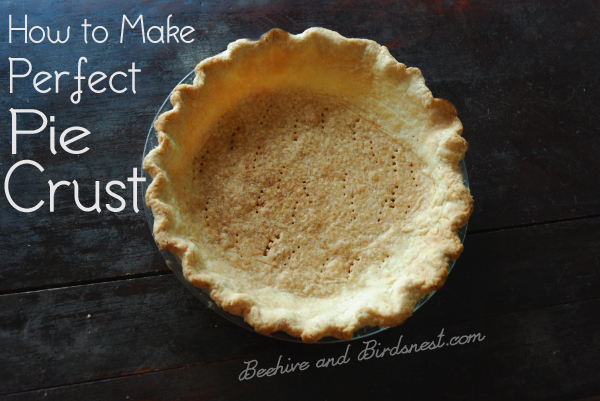
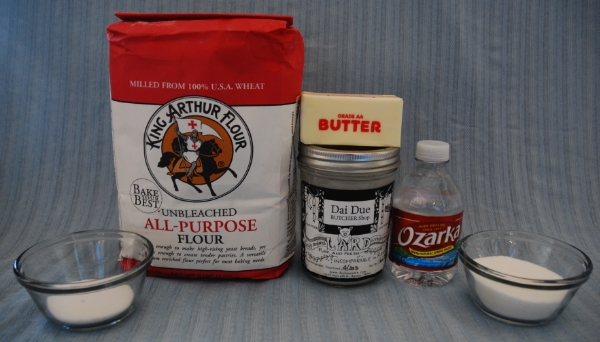
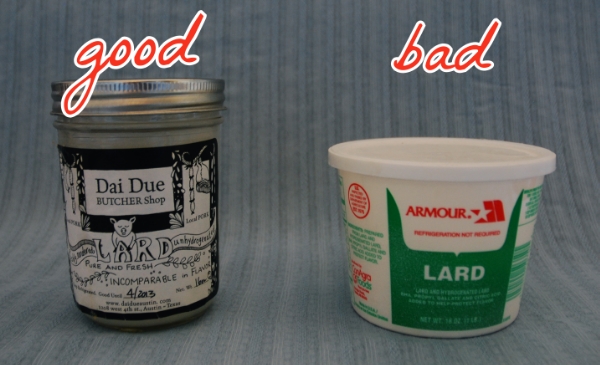
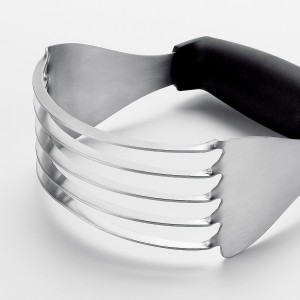
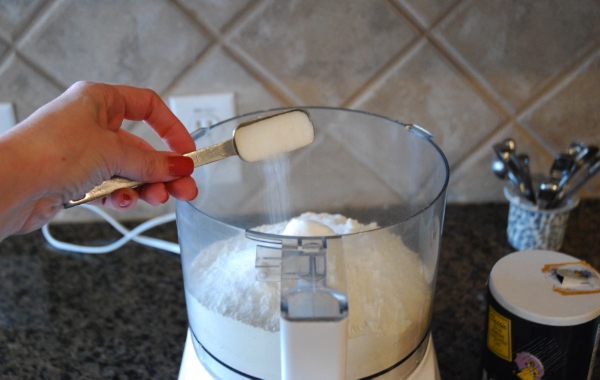
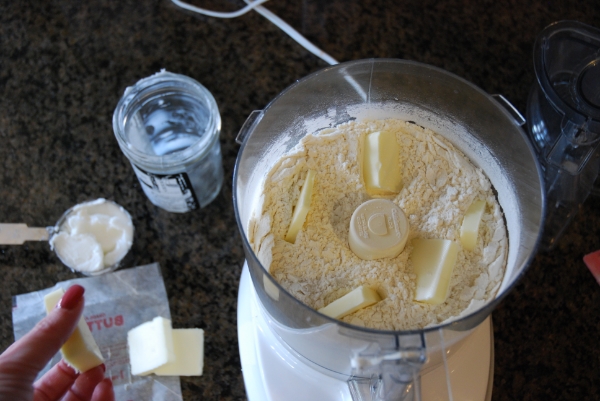
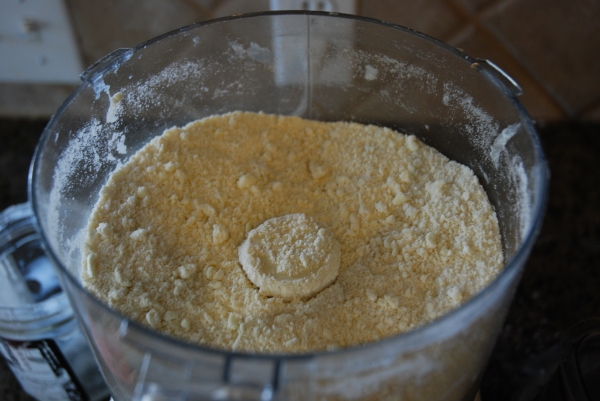
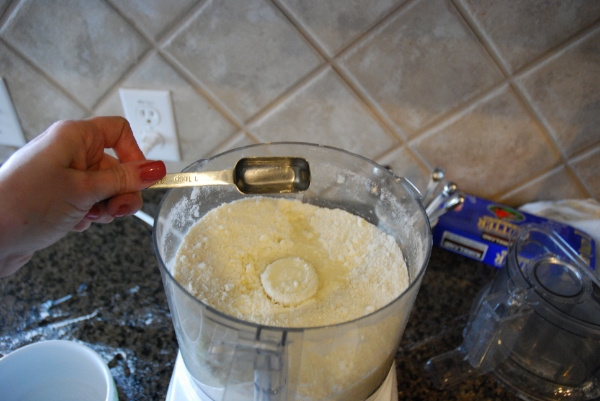

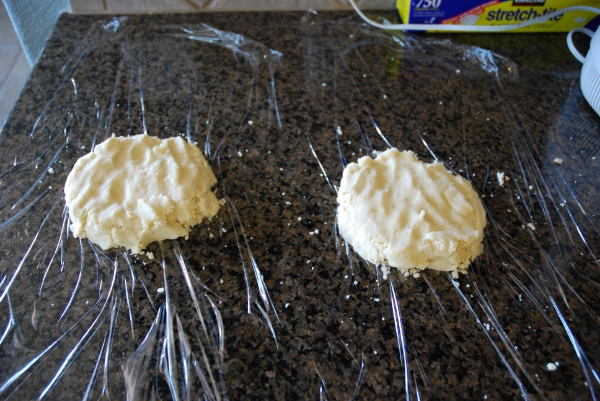
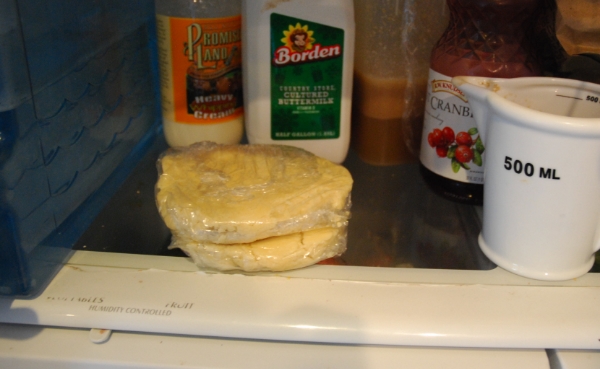

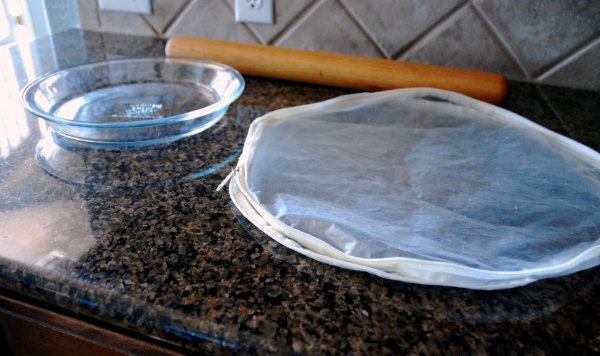
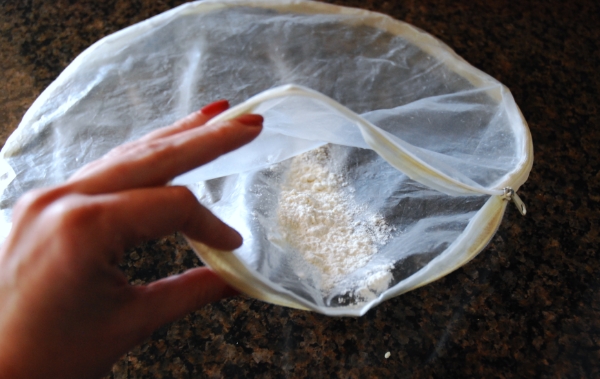

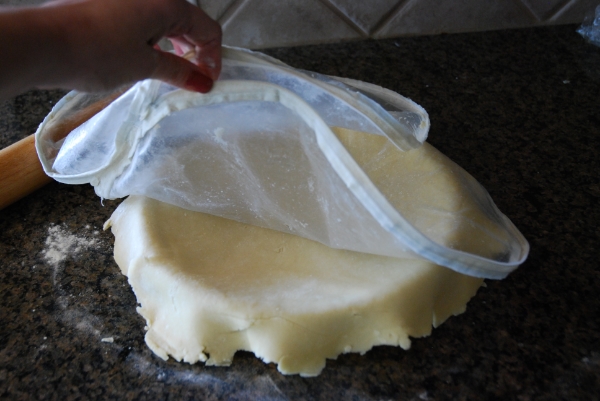
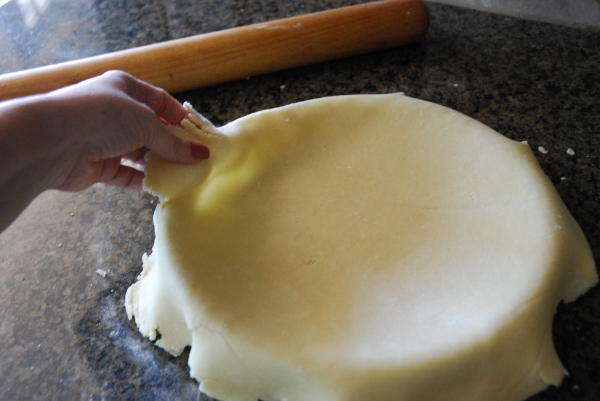


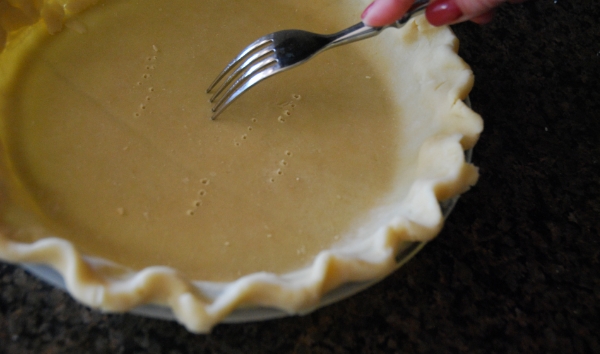
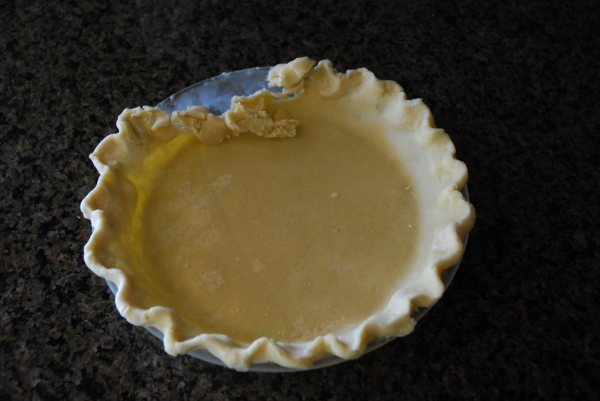
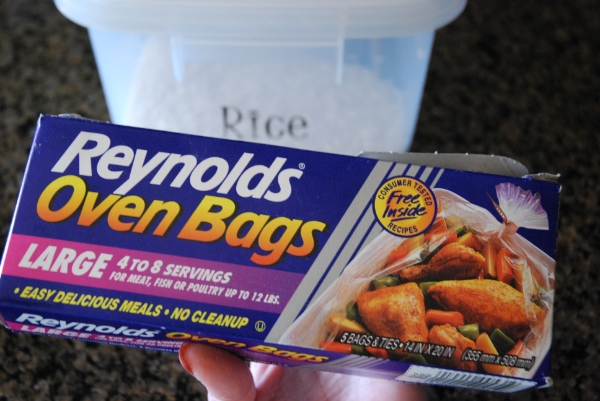


So help me gosh ,my mom warms her butter and uses hot water, and every year at Thanksgiving when I see her do this, I tell her that it is all wrong, and every year they turn out beautifully. Just goes to show that pie crust really is much more forgiving than we think.
I used to use a pie crust recipe that had melted butter and I couldn’t figure out how it turned out flaky until I read an article that said that vinegar increases the flakiness when it reacts with the other ingredients. Sure enough, my butter recipe had vinegar. Even so, I think the flavor and flakiness of this recipe can’t be beat. Sometimes I’ll still use my old recipe for quick things like chicken pot pie when I don’t want to bother with refrigerating dough or that sort of thing.
Basically any homemade recipe is better than a storebought crust!!!
dumb, unrelated question: can you use the rice that was in the oven proof bag after it’s been baked?
also, relavant comment: D to the amn girl! now you’ve got me wanting to make pie tonight! and ain’t nobodies thighs got time for that!
i love pie more than anything. once for my 40th birthday, a friend who’d overheard me make a comment once that i wish i could have one bite of EACH pie at a pie shop we were at, had her sister who lives in my area show up at my house with two ENORMOUS bags with handles. In them were individual slices of every single kind of pie Marie Calendars had that day. It wasn’t quite 40, but close. That was one of the loveliest, most unexpected surprises of my whole life.
seriously, i now want pie a lot. curses! ♥
Maybe you can use the rice after it’s been in the oven. I just keep mine in the bag and reuse it over and over.
I’m not the hugest pie fan but your experience gives me an idea for my husband–a total pie lover–for Valentines day
You are a peerless pastry chef! Your pies are pure heaven! And your blog is clear, humorous, and delightful! But this recipe seems like a whale of a lot of detailed work. If I hadn’t been making piecrusts all my life with my “Piecrust for Idiots” recipe, your beautifully written and illustrated tutorial might scare me out of trying!
If you scroll down to the recipe (at the end of the post) you’ll see it’s not very difficult. I just wanted to give a complete step-by-step tutorial for those people who like to know exactly what to do. It makes it seem more complicated than it is. But I think it’s totally worth it.
Your apple pie is the best apple pie I’ve ever eaten, and I don’t even like apple pie.
Great tutorial. I’m off to make three pies tomorrow morning.